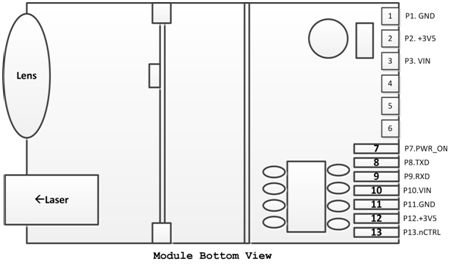Analysis of Whole Grain Cereals for Broilers
One to reduce transportation costs
Farms, especially those that are remote and far away from the feed manufacturers, can draw materials locally and use locally produced grains directly to reduce transportation costs.
Second, save costs
The whole grains are directly fed without crushing, puffing, mixing, granulating, crushing, etc., thereby reducing equipment investment and relatively increasing the production capacity of feed processing plants. C. of the Danish Poultry Commission The Petersen trial reported that whole-grain wheat mixed with chicks in the diet reduced feed costs by 9%, which was equivalent to a reduction of approximately 1.5 cents per pound of feed costs. It can more accurately meet the daily nutritional needs of poultry. The nutritional requirements of broilers constantly change with growth, especially amino acid changes. In broiler rearing, feed ingredients are often fed due to the fact that feed formulations remain unchanged for two weeks or longer during the growth period. Insufficient or excessive. Therefore, producers must adjust the broiler's diet as needed. Adding a certain proportion of whole grain to the broiler diet makes this nutrient adjustment quick and easy. This allows feed mills not to prepare large feed formulations.
Three to improve the health of digestive tract
Poultry that feeds powder or pellets for a long period of time cannot maintain the normal peristalsis of muscles and stomachs, reduce the secretion of digestive juices, cause atrophy of the glands and stomach, and atrophy of muscles and stomachs and functional disorders, thus affecting the action of pepsin in the stomach and stomach. Will reduce the role of trypsin and chymotrypsin in the duodenum leading to incomplete protein digestion. These undigested proteins provide the material basis for the fermentation of various spoilage bacteria and pathogenic bacteria in the intestine, thereby causing a series of digestive tract diseases (eg, diarrhea, adeno-gastric hypertrophy, muscle-stomach necrosis, etc.). Adding whole grain makes the muscles and stomach function more active, stimulates the growth of the stomach and stomach and makes the digestive tract healthier.
Four increase microbial enzyme activity
There are many microorganisms on the surface of the whole grains. The feed processing process will destroy these microorganisms and the phytase and glucanase they produce. These enzymes are directly related to the use of nutrient components such as phosphorus, amino acids and trace elements.
Fifth, reduce the incidence of coccidiosis
Feeding whole grains generally reduces water consumption, makes dung more dry, improves litter quality, and reduces the occurrence of leg problems and coccidiosis. Studies have suggested that feeding whole grains can change the structure of the intestinal wall and reduce coccidiosis infection, thereby reducing the amount of anticoccidial drugs. Some studies in Australia have shown that grinding whole grains of wheat by the stomach and stomach will also grind the eggs of the two sporoderm and reduce the infection of the two sporozoites; also studies have shown that feeding the whole wheat can improve the fermentation process in the cecum, Promote the formation of higher concentrations of propionic acid and reduce the number of Salmonella in the cecum.
Sixth to improve the utilization of nutrients
Compared with compound feed, the whole grain reduced the flow rate of the restaurant and prolonged the digestion time, thereby increasing the utilization of feed ingredients. The proportion of whole grains in the mixed feed is adjusted every day, which will increase the utilization of amino acids.
Industrial Laser Distance Sensor, we also call it secondary development laser distance module, which support TTL level and CMOS. The laser range sensor can be widely used in professional surveying, mapping, construction, robots, hunting arrows, industrial monitoring and automated measurement applications in electricity, transportation, etc. Our laser distance module supports data communication with RS232, USB with a simple adapter. The results of laser distance sensor can be evaluated with Arduino. We are always looking ahead, hoping we can make every measurement simple in life!

Parameters of M703A:
|
Accuracy |
±1 mm (0.04 inch) |
|
Measuring Unit |
meter/inch/feet |
|
Measuring Range (without Reflection) |
0.03-150m |
|
Measuring Time |
0.1~3 seconds |
|
Laser Class |
Class II |
|
Laser Type |
635nm, <1mW |
|
Size |
72*40*18mm (±1 mm) |
|
Weight |
About 21g |
|
Voltage |
DC2.0~3.3V |
|
Electrical Level |
TTL/CMOS |
|
Frequency |
10Hz |
|
Operating Temperature |
0-40 ℃ (32-104 ℉ ) |
|
Storage Temperature |
-25~60 ℃ (-13~140 ℉) |
Industrial Laser Distance Sensor
Laser Distance RS232,Arduino Distance Module,Laser Module RS232
Chengdu JRT Meter Technology Co., Ltd , https://www.cdlaserrangfinder.com